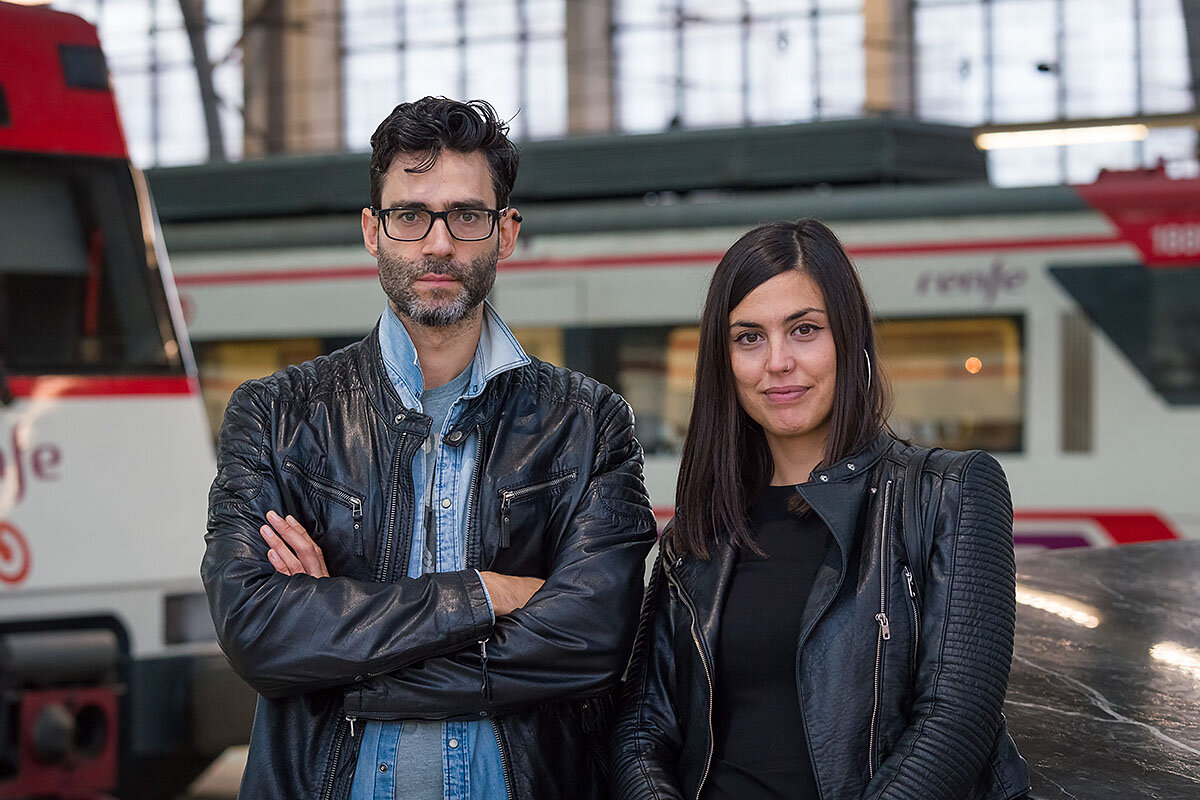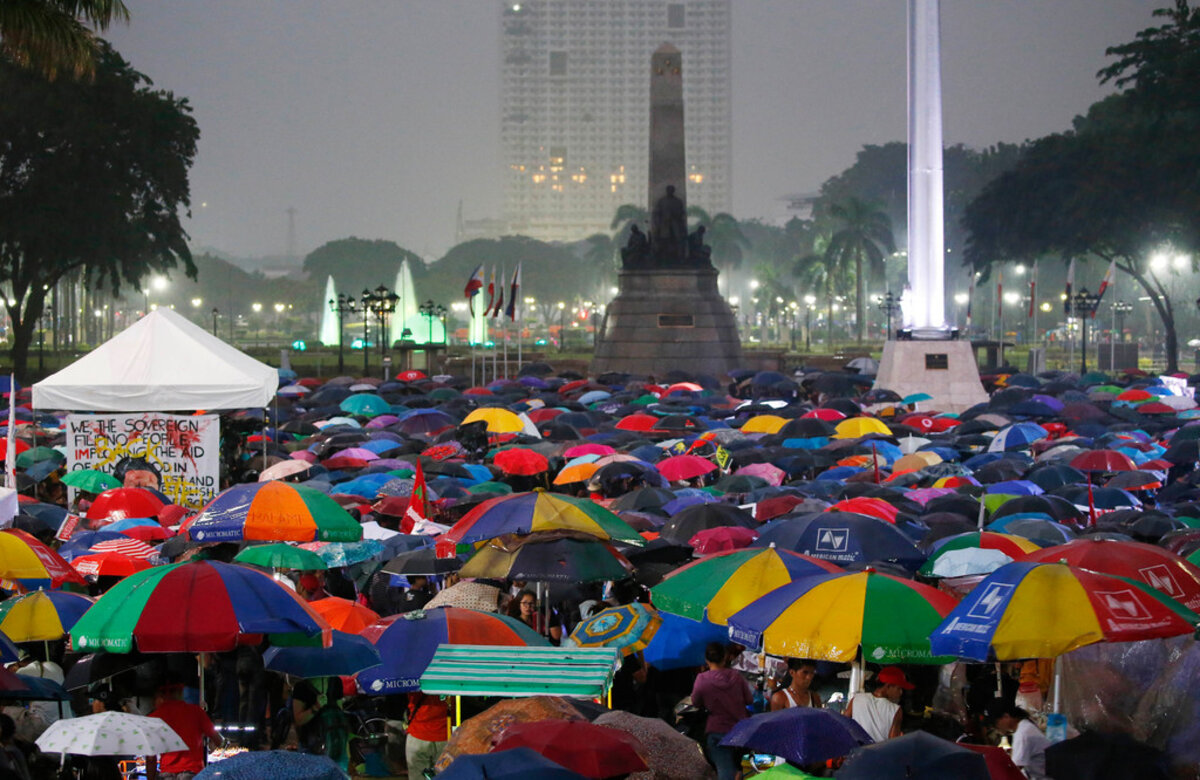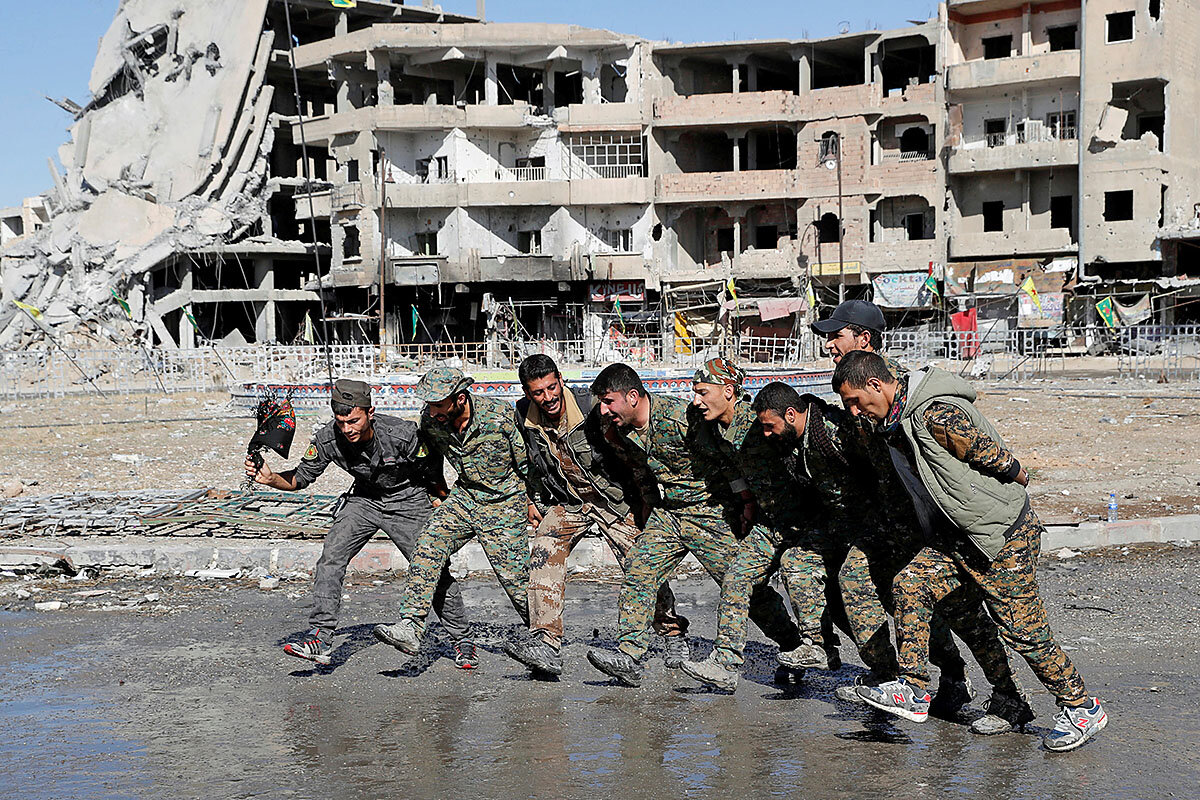The ultimate power in US affairs of state resides in the Oval Office. But when it comes to the fearsome power of nuclear weapons, some are asking if more checks and balances should apply.
Monitor Daily Podcast
- Follow us:
- Apple Podcasts
- Spotify
- RSS Feed
- Download
 Amelia Newcomb
Amelia Newcomb
It’s easy to think of inequality as being rooted in money. But it’s often the result of a complex interaction of factors – and a key one is gender.
The executive director of the United Nations Population Fund, Natalia Kanem, put it this way in introducing the State of World Population 2017 report yesterday: “Inequality in countries today is not only about the haves and have-nots…. [It’s] increasingly about the cans and cannots.”
Many of those cannots are women, especially poor women. A major barrier involves reproductive health and rights – the ability to decide when to marry, and when and how often to have children, and access to maternal health care. Without these rights, girls may find their education cut short, and are more likely to marry and give birth in their teens, thus dimming their prospects (and those of their daughters) for finding paid work. The cycle of poverty continues.
Too often – in both the developing and the developed world – opening up opportunity to more members of society is viewed as a zero-sum game: If you gain, I lose. But the evidence, rooted in many countries' experience, points firmly in the opposite direction. As the UN points out, “Inclusive societies are a conscious, achievable choice…. It is past time for every country and the global community to fully embrace that choice.”
Now to our five stories for today, highlighting restraint, respect, and the renewal of self-worth.










